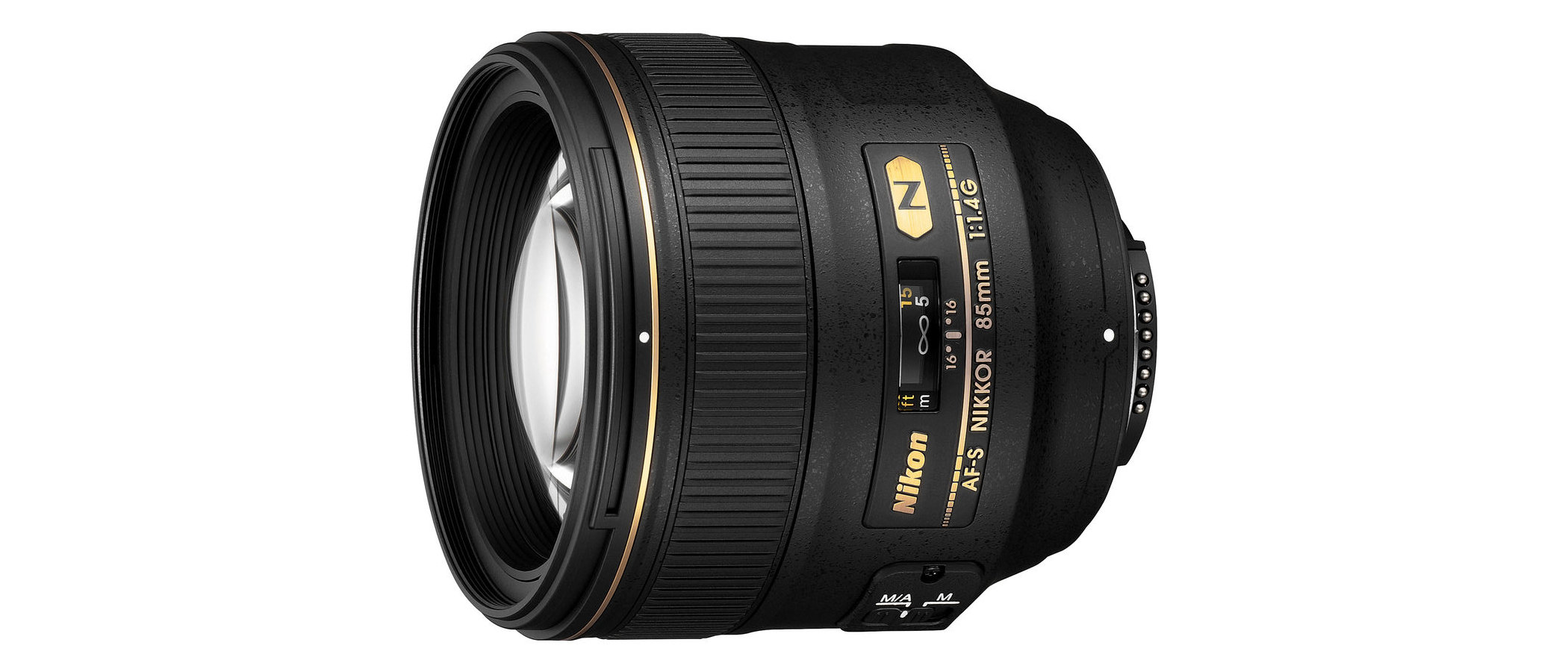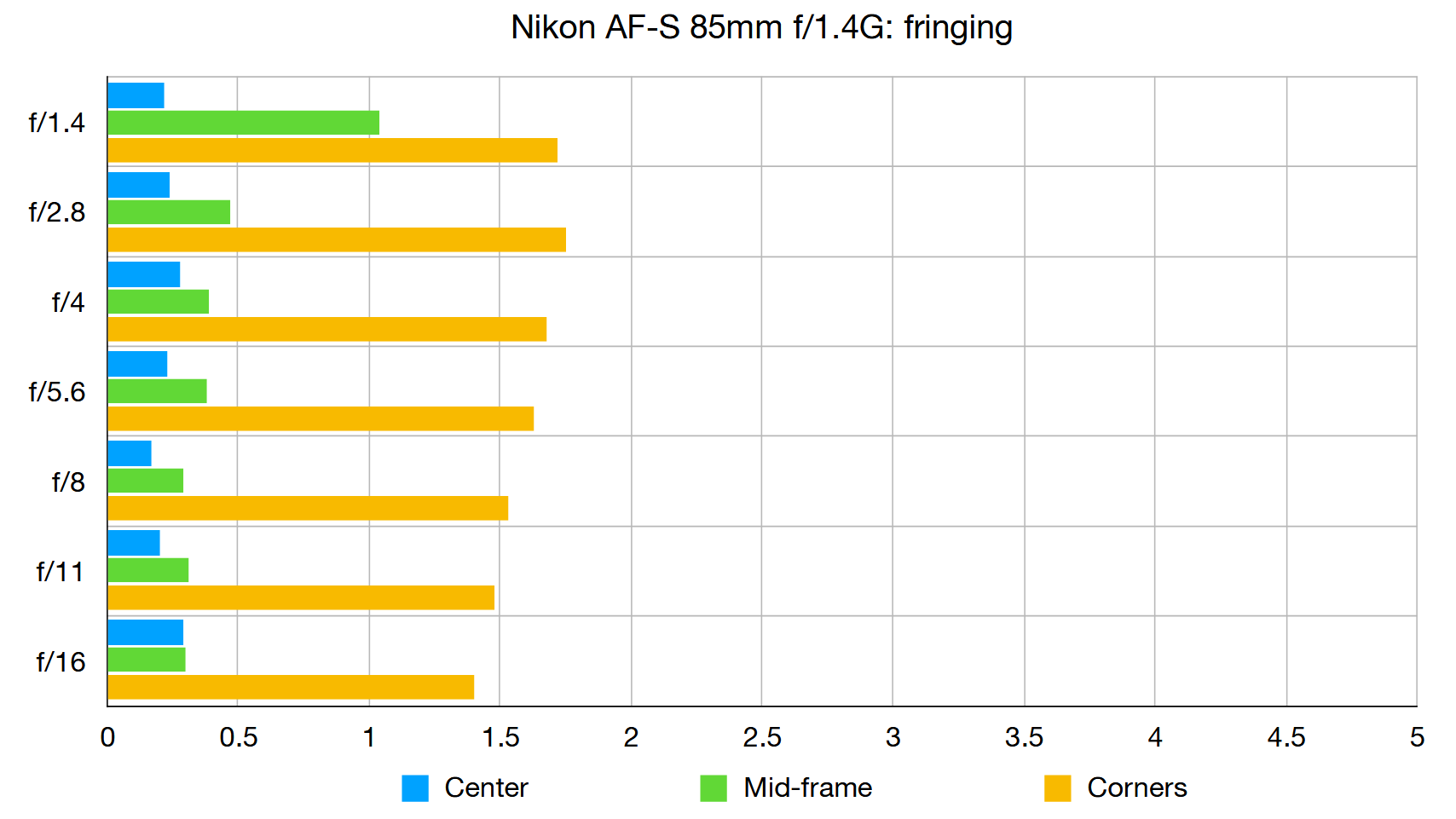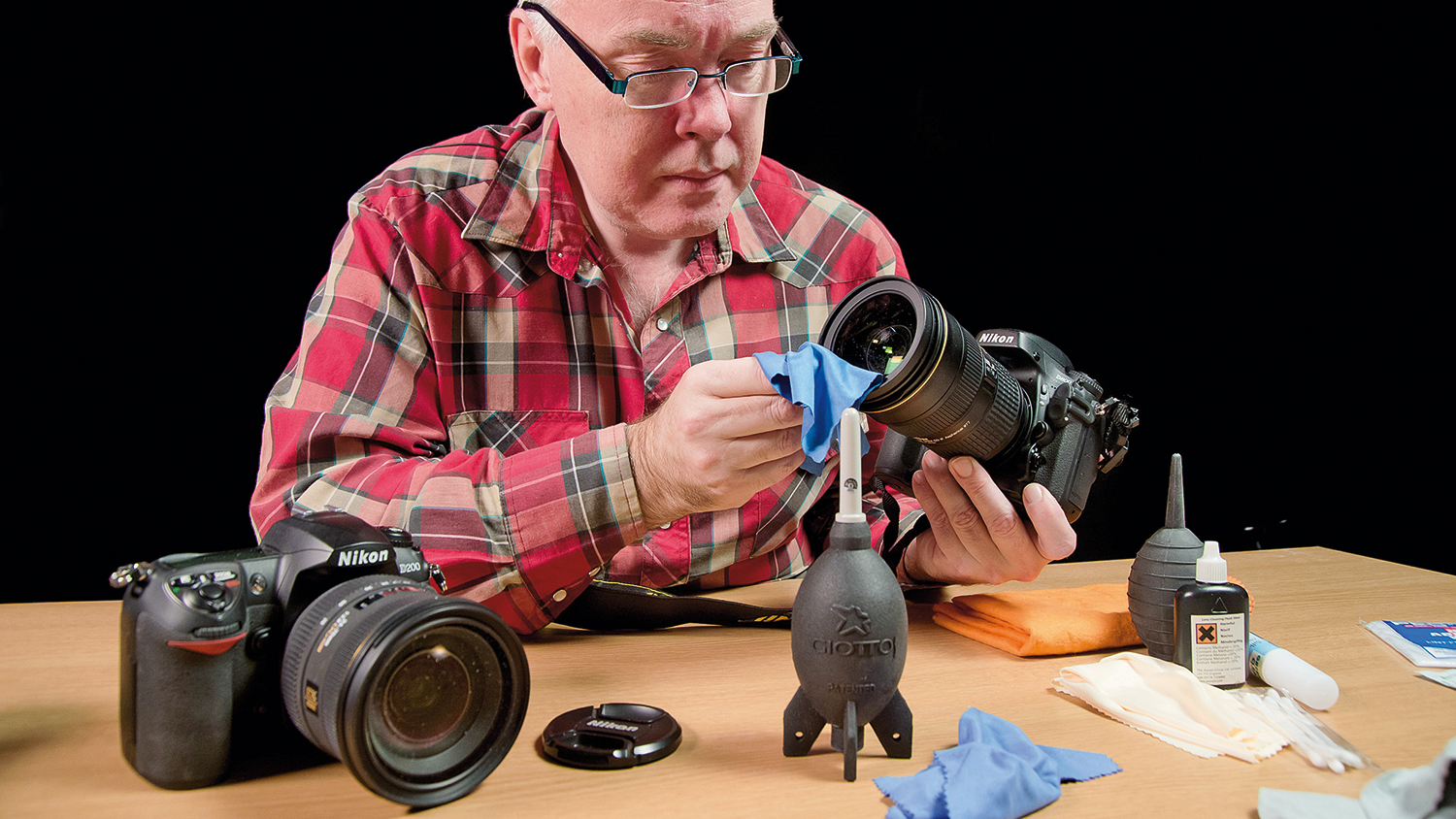Digital Camera World Verdict
The classic combination of 85mm focal length and fast f/1.4 aperture make this lens a solid choice for portraiture and still life photography. It’s unusually compact for this class of lens and is easily manageable, being little more than half the weight of the directly competing Sigma 85mm f/1.4 DG HSM Art. However, the Nikon isn’t as sharp as the Sigma and is considerably more expensive to buy, making it dubious value for money.
Pros
- +
Fast f/1.4 aperture
- +
Quick and quiet autofocus
- +
Mostly good image quality
Cons
- -
Mediocre wide-open sharpness
- -
No optical stabilization
- -
Expensive to buy
Why you can trust Digital Camera World
The Nikon AF-S 85mm f/1.4G represents the reinvention of a classic NIKKOR, this AF-S edition has a redesigned optical path, a fast ring-type ultrasonic autofocus system and, as a G-series lens, omits the aperture control ring that’s superfluous on Nikon DSLRs anyway. It’s also remarkably compact, being much smaller than competing Canon and Sigma 85mm f/1.4 lenses for DSLRs.
Read more:
The best Nikon portrait lenses
The best camera for portraits
Specifications
Mount: Nikon F (FX)
Full-frame: Yes
Autofocus: Yes
Image stabilisation: No
Lens construction: 10 elements in 9 groups
Angle of view: 28.5 degrees
Diaphragm blades: 9
Minimum aperture: f/16
Minimum focusing distance: 0.85m
Maximum magnification ratio: 0.12x
Filter size: 77mm
Dimensions: 87x84mm
Weight: 595g
Key features
The relatively downsized design is mostly due to a relatively simple optical path, which is based on 10 elements instead of around 14 featured in some similar lenses. Unlike most modern Nikon lenses, it also has neither aspherical elements nor ED (Extra-low Dispersion) elements. Even so, the Nano Crystal Coat is pretty high-tech, which is used in conjunction with Super Integrated Coating to minimize ghosting and flare.
More typical of Nikon lenses, there’s a weather-seal ring on the mounting plate to guard against the ingress of dust and moisture between the lens and camera. As usual, the lens can also be used on Nikon’s DX (APS-C) format DSLRs, on which it gives an effective focal length of 127.5mm, and it can also be used on both FX and DX mirrorless Z system cameras via an FTZ or FTZ II mount adapter.
Performance
There’s more of a drop-off in sharpness when shooting wide-open, compared with most modern 85mm f/1.4 lenses. That’s not an altogether bad thing, as it can give a pleasant, dreamy look to portraiture. Centre-sharpness becomes excellent at f/2.8, and corner-sharpness becomes very good at f/4. Things then stay on track until the effects of diffraction impacts on sharpness at f/16.
Bokeh isn’t quite as smooth as from the competing Sigma Art lens, when shooting wide-open and also when stopping down a little. Defocused lights towards the edges and corners of the frame tend to take on irregular shapes when shooting wide-open, due to coma, but things improve when narrowing the aperture by an f/stop or more.
Lab results
We run a range of lab tests under controlled conditions, using the Imatest Master testing suite. Photos of test charts are taken across the range of apertures and zooms (where available), then analyzed for sharpness, distortion and chromatic aberrations.
We use Imatest SFR (spatial frequency response) charts and analysis software to plot lens resolution at the center of the image frame, corners and mid-point distances, across the range of aperture settings and, with zoom lenses, at four different focal lengths. The tests also measure distortion and color fringing (chromatic aberration).
Sharpness:
Sharpness across the entire image frame is excellent at apertures of f/4 through to f/11. Corner-sharpness starts dropping off at drops off at f/2.8 and wider apertures, and center-sharpness is much reduced at f/1.4.
Fringing:
The best camera deals, reviews, product advice, and unmissable photography news, direct to your inbox!
There’s a little lateral chromatic aberration towards the corners of the frame but it’s automatically corrected in-camera. Axial/longitudinal chromatic aberration or ‘bokeh fringing’ is fairly slight, even wide-open at f/1.4.
Distortion: -0.5
You can often expect a touch of pincushion distortion with an 85mm prime lens but, in our tests, the Nikon gave very slight barrel distortion.
Verdict
The classic combination of 85mm focal length and fast f/1.4 aperture make this lens a solid choice for portraiture and still life photography. It’s unusually compact for this class of lens and is easily manageable, being little more than half the weight of the directly competing Sigma 85mm f/1.4 DG HSM Art. However, the Nikon isn’t as sharp as the Sigma and is considerably more expensive to buy, making it dubious value for money.
Read more:
• Best camera lenses to get
• Best Canon lenses
• Best Nikon lenses
• Best Sony lenses
Matthew Richards is a photographer and journalist who has spent years using and reviewing all manner of photo gear. He is Digital Camera World's principal lens reviewer – and has tested more primes and zooms than most people have had hot dinners!
His expertise with equipment doesn’t end there, though. He is also an encyclopedia when it comes to all manner of cameras, camera holsters and bags, flashguns, tripods and heads, printers, papers and inks, and just about anything imaging-related.
In an earlier life he was a broadcast engineer at the BBC, as well as a former editor of PC Guide.




